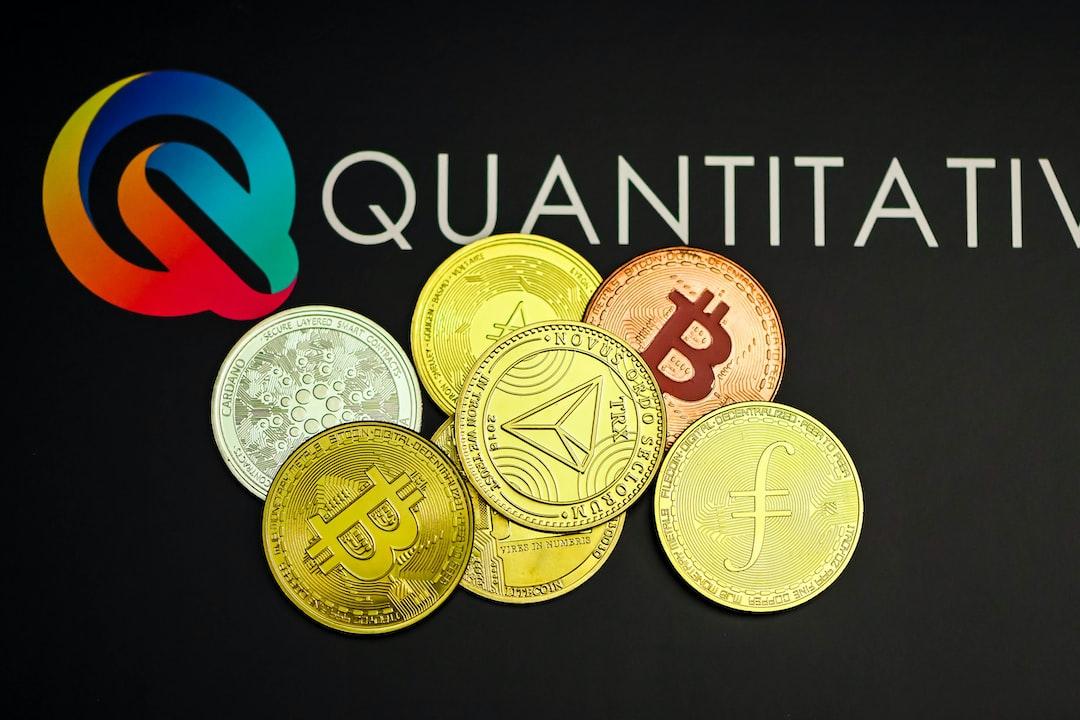Lovers of free tech, rejoice! Google and xAI have unveiled interesting updates to their AI offerings for free, matching and expanding upon OpenAI’s recent democratization efforts.
OpenAI fired the latest salvo in the war for the hearts—and, ultimately, wallets of users—with its ambitious “12 Days of OpenAI” campaign last week, releasing a series of powerful tools to the public. The campaign’s highlights include Sora, the firm’s state-of-the-art text-to-video generator, the advanced reasoning model “OpenAI o1,” and SearchGPT, a sophisticated web search integration.
Of these, both the search engine and the reasoning model are available for free users. Sora requires a ChatGPT Plus subscription.
Then Google responded yesterday with a sweeping series of announcements to show that it still has a lot to offer. Directly competing against Sora, Veo 2—the company’s latest video generation AI model—was announced, and registrations are already open for users to try the model via Google’s AI Test Kitchen.
“Veo creates videos with realistic motion and high-quality output, up to 4K. Explore different styles and find your own with extensive camera controls,” the company says. The clips can extend to several minutes in length, beating most of the best video generators that work at 1080p resolution with shorter run times.
Via the experimental platform Labs, on December 16, Google also unveiled Whisk—an experimental image creation tool that focuses on restyling and using visual and pictographic inputs to produce visual outputs. Unlike traditional text-to-image models, Whisk introduces a novel “remix” approach where users can create new images primarily through visual references from their existing photo galleries, minimizing the need for detailed text prompts.
The company’s imaging capabilities have been further enhanced with the release of Imagen 3—which is already available for free in the Google Gemini chatbot app. This new model brings improvements in detail rendering, style diversity, and reduced hallucinations. It also has text generation capabilities, which Google’s previous models lacked.
Also available for free is Gemini 2.0 Flash, an updated model that is available both in the Google developer console and the more polished and user-friendly Gemini platform. Google also released an advanced research assistant feature and gave its models the ability to process up to 1 million tokens for free on the developer console.
And some users have reported that an experimental version of Gemini 2.0 Advanced is also available to try. “Advanced” is the most powerful model in the Gemini family, with “Flash” being a small model oriented towards efficiency, and “Pro” being a medium-sized model.
Grok-2 for the masses
Not to be outdone, Elon Musk’s xAI has entered the battle, making its own efforts to democratize access to advanced AI capabilities through the X platform (formerly known as Twitter).
The company has released an enhanced version of its Grok-2 model, which boasts substantial improvements in speed and capability. The new iteration runs three times faster than its predecessor while delivering improved accuracy, instruction-following, and multilingual capabilities.
Also, last week, xAI started to roll out Grok to all X platform users for free. The integration extends beyond basic chat capabilities, introducing features like web search with citations, allowing users to verify information and explore sources directly through the platform.
“Today we are excited to announce that we are beginning to roll out this new version of Grok-2 to all users on X for free. As always, Premium and Premium+ users get higher usage limits and will be the first to access any new capabilities in the future,” xAI said in a blog post.
The company has also launched Aurora, its own image generation model, which has been integrated into Grok’s capabilities. The model offers lower image quality than Grok’s previous integration with Flux, but is good enough to provide photorealistic images with less prompt adherence, but also less censorship.
To further support developers and enterprises, xAI has announced significant price reductions for its API access, dropping rates to $2 per million input tokens and $10 per million output tokens.
Competition has sparked a rapid evolution in AI capabilities, with each company pushing the boundaries of what’s possible while simultaneously making these tools more accessible. This democratization could lead to a new era of AI-powered creativity and productivity, as users gain access to tools that were previously available only to select developers or paying customers.
However, there’s also a great option that some users may not be considering: open-source AI. There are models good enough to compete against these tech giants, available for free, fully customizable, and dramatically more transparent.
Genmo Mochi 1, Flux, Stable Diffusion, and Llama-3 are great options that could suit your needs—and probably even exceed your expectations if you give them a try. And they’re free to use, too.
Edited by Andrew Hayward.


